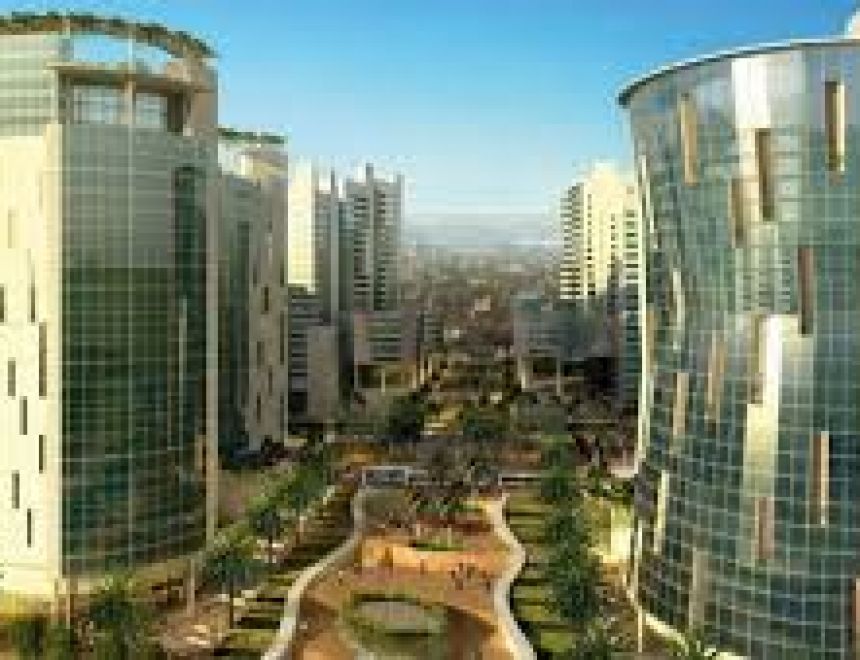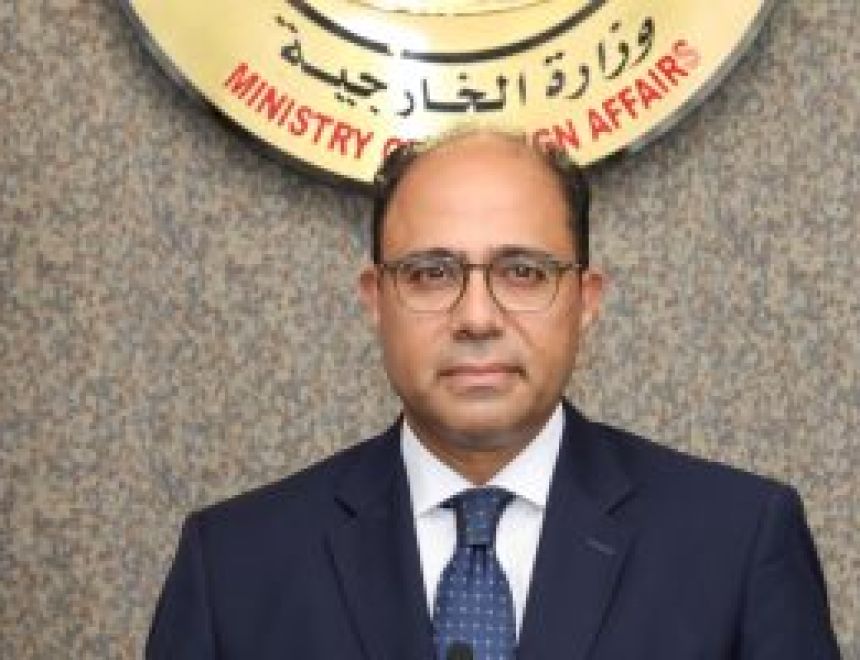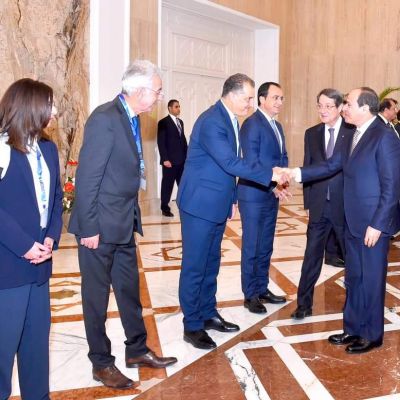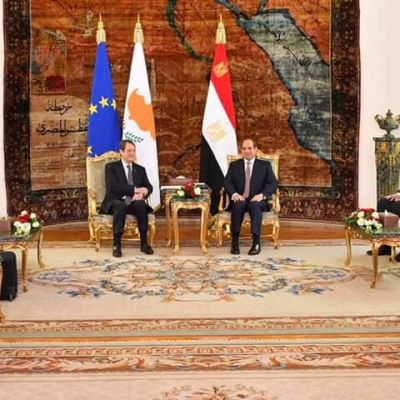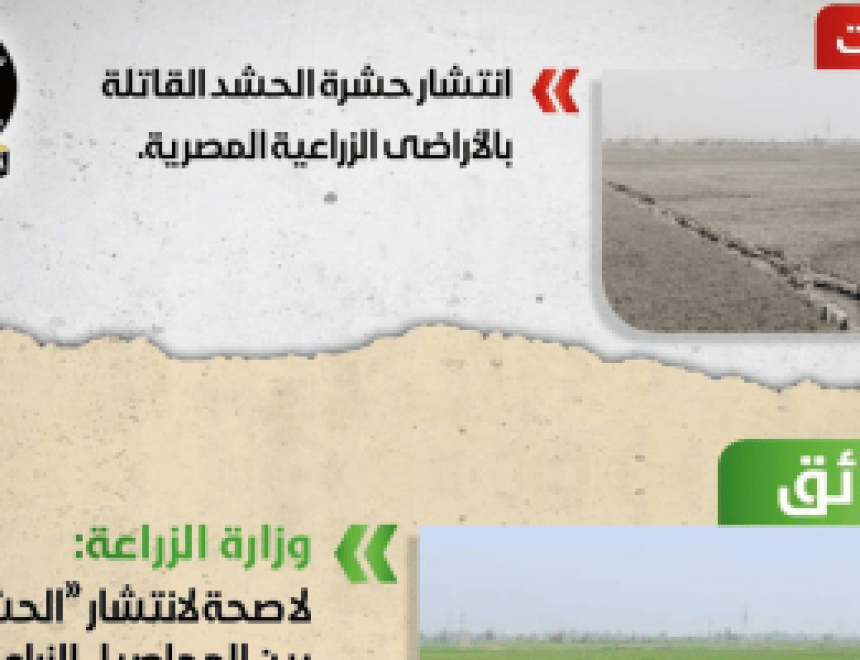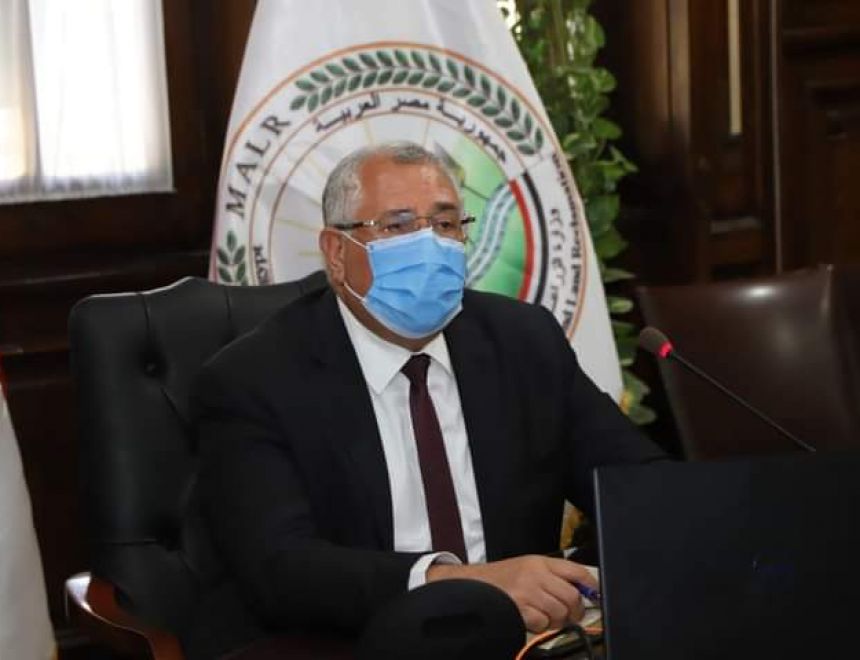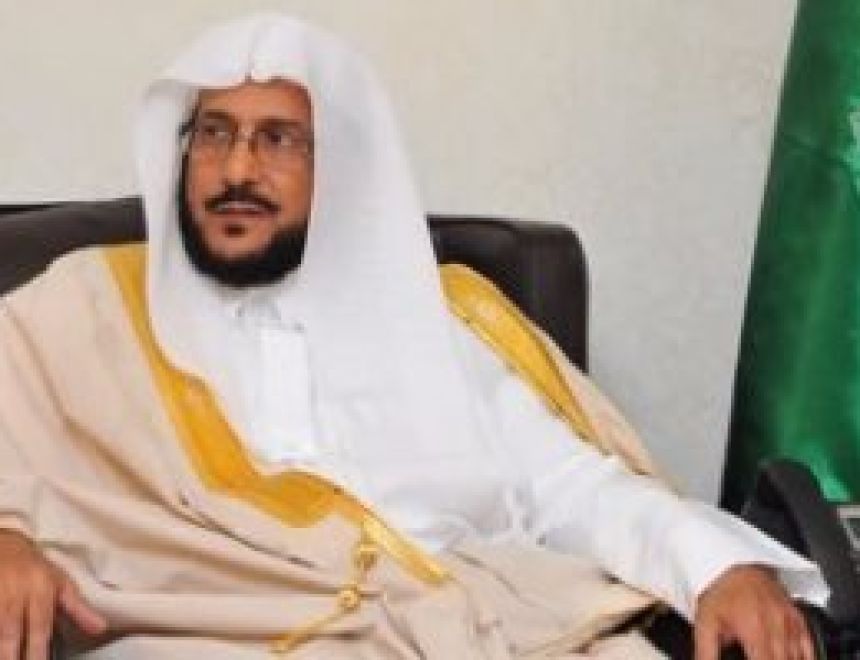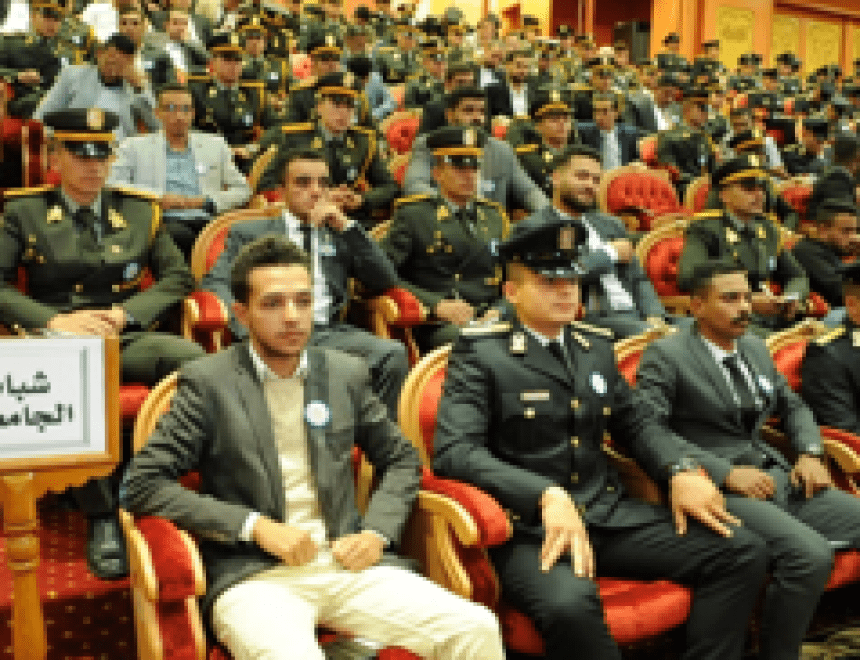
The United Nations Economic Commission for Africa (UNECA) office for Eastern Africa forecasts regional growth rising to 6.5 per cent in 2020, after a more moderate performance of 6.1 per cent in 2019.
Andrew Mold, ECA’s Acting Director for Eastern Africa announced the forecasts during the annual Regional Intergovernmental Committee of senior officials and experts’ meeting held in the Eritrean capital Asmara.
He noted that regional growth in 2019 has been impacted negatively by decelerating economic activity globally, but was still extremely resilient, growing at more than double the global and continental averages of 2.7 and 2.8 per cent, respectively.
It was noted that export earnings in the region softened, principally due to weak commodity prices. Furthermore, weaker earnings from agricultural exports for Kenya were registered, and lower mineral exports for DR Congo.
However, Mold stressed: “Most Eastern African countries are net commodity importers, and hence are impacted ambiguously by falls in commodity prices.
“For instance, growth has remained buoyant in part due to low prices for oil imports. From a demand perspective, 80 per cent of regional growth has been driven by consumption expenditures.”
Dr. Kato Mukasa Kimbugwe, a regional trade consultant told Business Times that: “these goods are dominated by capital goods used in the process of production which is important because they are key to improving our manufacturing production capacity.”
Experts say that both investment levels and trade performance need to strengthen if the growth performance is to prove sustainable.
Kato added: “Therefore, emphasis needs to be placed on creating the right type of investment environment (incentives and other investment attraction tools) and addressing those factors that undermine trade competitiveness and performance such as non-tariff barriers, lack of finance, and low production.”
Going forward, Mold noted that if measured correctly, the Eastern African market is much larger than commonly believed.
Measured at market exchange rates, he noted, the regional economy for the 14 countries in Eastern Africa will stand at approximately $363 billion by the end of 2019.
“But market exchange rates considerably underestimate the purchasing power of the 423 million inhabitants of eastern Africa.”
As noted, measured at Purchasing Power Parity exchange rates, the regional economy should reach $933 billion for 2019.
Mold said: “If current growth rates are sustained, this implies that by 2022, eastern Africa will be able to boast of a regional economy in excess of $1 trillion.”
So what?
The growth forecasts are good, but experts told Business Times that policymakers in ECA’s sub-regional office which serves Rwanda, Burundi, Comoros, DR Congo, Djibouti, Eritrea, Ethiopia, Kenya, Madagascar, Seychelles, Somalia, South Sudan, Tanzania and Uganda, need to mind important factors such as enhanced trade to uplift the livelihoods of people.
Kato said: “Regional policymakers at the macro level, need to ensure that current policies recogni e the importance of regional and continental markets in helping deliver the growth potential of their countries and the region, and critically, in creating jobs and incomes that uplift the livelihoods of our people.”
He said the African Continental Free Trade Agreement (AfCFTA) “needs to force our leaders and critically, the private sector, to work together to make this a reality.”
“Failure to ensure that the private sector, and the population as a whole, understand the costs and benefits of the AfCFTA will mean that this very important initiative [AfCFTA] could be relegated to mere rhetoric that is meaningless to the common man or woman.”
Anthony Mveyange, TradeMark East Africa’s Director of Research and Impact, also shared the view that the new forecasts are not the end of the road.
Mveyange said: “The figures are good; our region is doing better by a big margin compared to where the world and Africa is in terms of macroeconomic growth performance. What this means is that countries are doing very well at the macro level, signaling fairly healthy economies in the region.”
“However, translating such macro success into transformative economies at the micro-level still remains elusive to many of our countries. The challenge is how to turn these macro successes into tangible and meaningful outcomes that address challenges such as poverty, unemployment, inequality and others such as education, health, social protection.”
The 23rd meeting of the intergovernmental committee of senior officials and experts from 14 eastern African countries was held in Eritrea, for the first time, with the theme of how to leverage new opportunities for regional integration.







